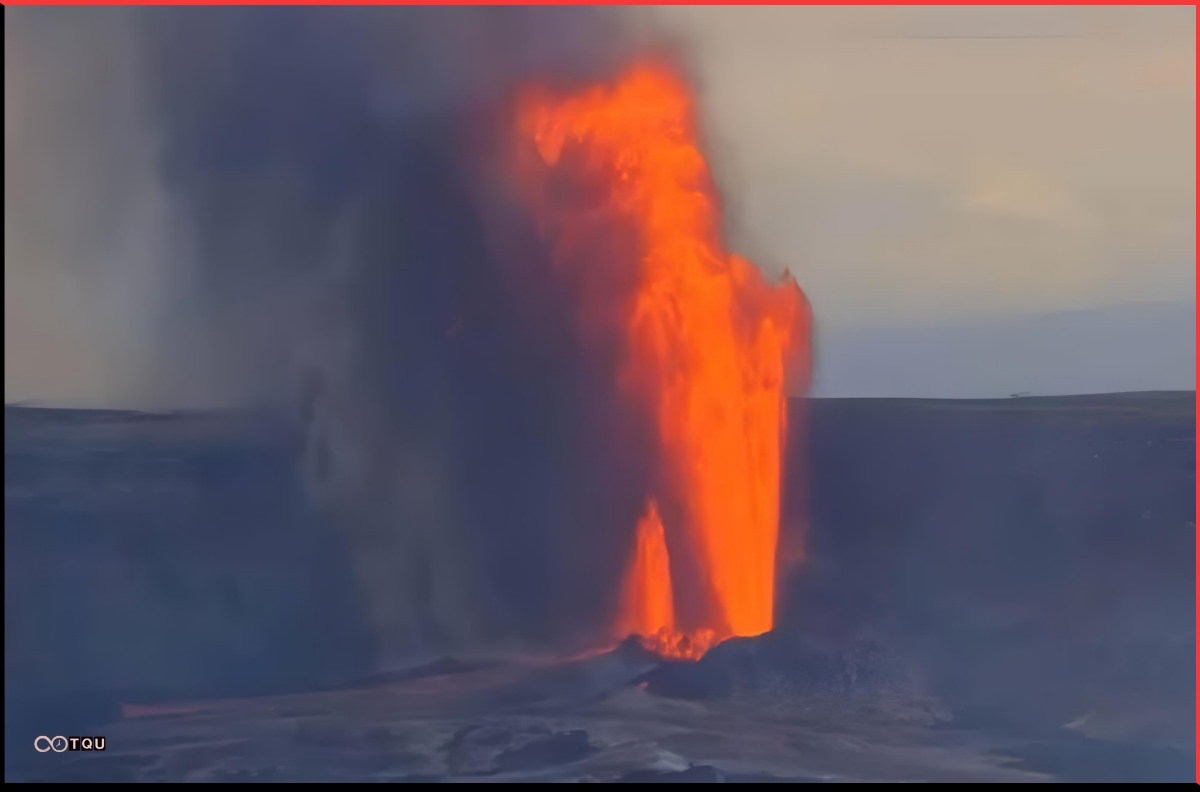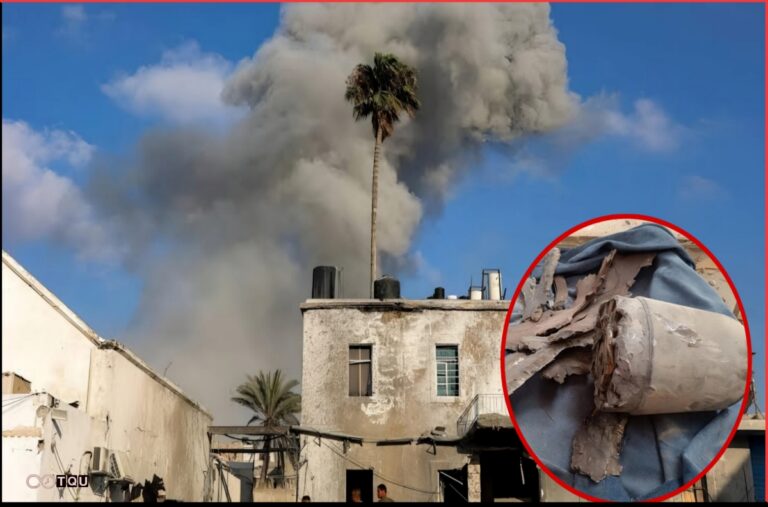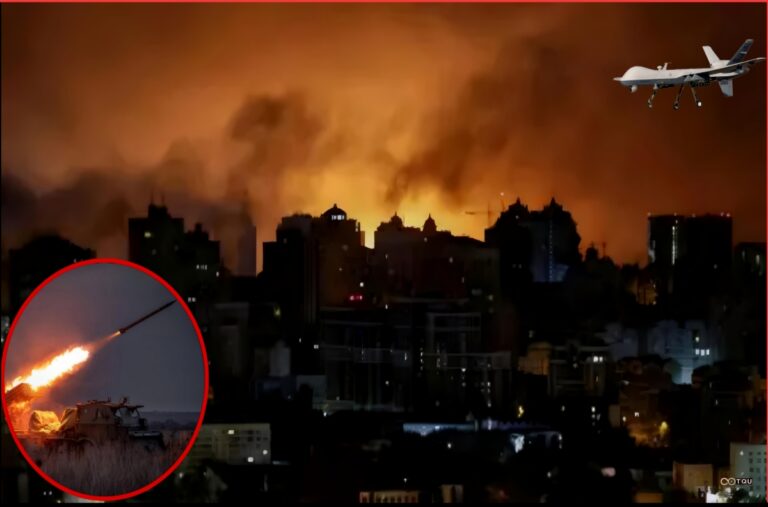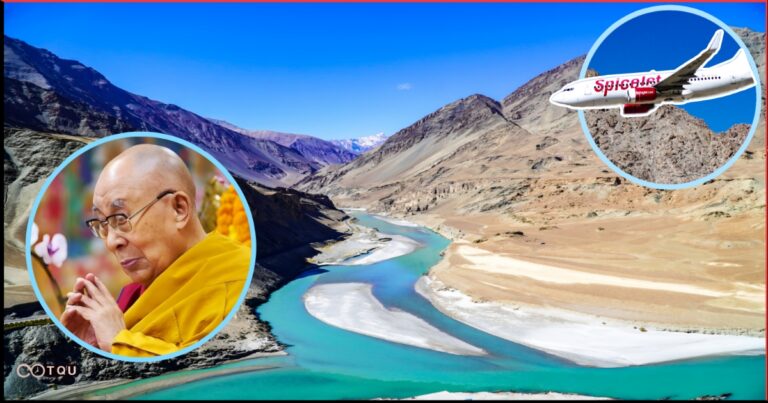Hawaii Island, July 2025: TheQuickUpdate
Hawaii’s Kīlauea Volcano witnessed a dramatic eruption over the weekend, with lava fountains reaching heights of up to 1,000 feet, the United States Geological Survey (USGS) reported. The event marks the 23rd eruption episode at the volcano since activity resumed on December 23, 2024, within Halemaʻumaʻu crater in Hawaiʻi Volcanoes National Park.
“Two eruptive vents remain active, and the summit crater floor continues to glow with molten lava,” USGS confirmed.
Lava Fountains Reach Spectacular Heights
At approximately 5:20 p.m. on Sunday, USGS measurements recorded:
-
North vent: Lava fountains reaching 1,000 feet
-
South vent: Lava fountains reaching 230 feet
Small overflows from the north vent were observed as early as 11:30 a.m. Saturday, with sustained fountaining expected to continue intermittently, according to the Hawaiʻi Volcanoes National Park service.
🔗Also Read: India Battles Devastating Monsoon: Rainfall Wreaks Havoc Across 10 States
Ongoing Volcanic Activity Since December 2024
Kīlauea, recognized as one of the world’s most active volcanoes, has exhibited unique phases since December:
-
Dual vent activity with episodic lava flow
-
Fountaining phases recorded on May 2, May 6, May 11, and May 16 — lasting between 4.5 to 10 hours each
The latest activity aligns with previous patterns of magma pressure buildup and subsequent lava release, which show a distinctive saw-tooth inflation-deflation pattern in USGS ground tilt records.
USGS Monitoring and Eruption Patterns
USGS scientists attribute these fountaining phases to:
-
Inflationary tilt: Pressure builds beneath the surface
-
Deflationary tilt: Occurs when lava begins fountaining
-
Ground tilt records: Show minimal net pressurization since December
“The summit shows repeated tilt cycles without significant long-term inflation,” USGS noted.
Livestreams from the eruption site showed declining lava fountain heights post-eruption, though glowing vents and visible lava flows remain active on the crater floor.
🔗Also Read: Kishtwar Encounter: Security Forces Trap JeM Terrorists in J&K
Safety and Travel Advisory
Although no damage or injuries have been reported so far, authorities advise:
-
Tourists and residents should stay updated via official bulletins
-
Flights near eruption zones may be subject to rerouting
-
Hawaiʻi Volcanoes National Park remains partially open with restricted access around the crater
FAQs (Schema-Optimized)
Q1: Where is the Kilauea volcano located?
Kīlauea is situated on the southeastern shore of Hawaii Island, within Hawaiʻi Volcanoes National Park.
Q2: How high did the lava fountains reach in the latest eruption?
The north vent produced lava fountains reaching 1,000 feet, while the south vent reached around 230 feet.
Q3: Is Kīlauea currently dangerous to nearby communities?
There are no immediate threats to populated areas. However, USGS continues to monitor the site for changes.
Q4: What causes the inflation and deflation patterns during eruptions?
These patterns are driven by magma pressure. Inflation indicates pressure buildup, and deflation happens when lava is released.
Q5: When did the current Kīlauea eruption begin?
The current eruptive phase started on December 23, 2024, and has been continuing with periodic lava fountaining episodes.










